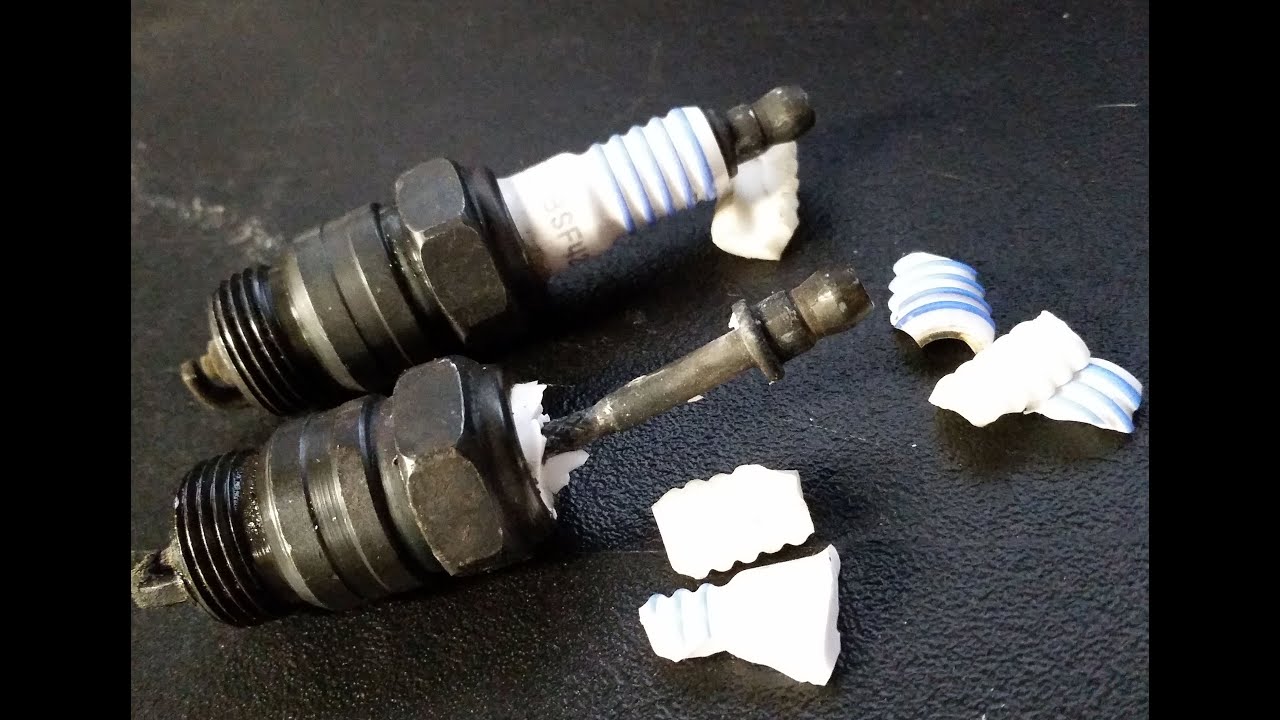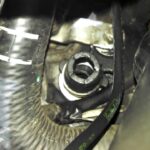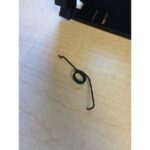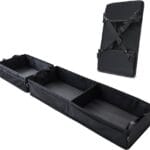Can Spark Plugs Really Break Glass
If you’ve ever watched an action movie or heard some intriguing trivia, you may have come across the claim that a spark plug can break the glass. But is this just another urban legend, or is there some truth behind it? Let’s dive into the science and mechanics to answer “Can spark plugs really break glass?” and why this idea has gained so much attention.
Key Takeaways
Yes, spark plugs can break glass if thrown at it with enough force. This is because spark plugs are made of ceramic or porcelain, which can concentrate a lot of energy at a single point on the glass.
Other tools that can break glass include: Safety hammer, Car headrest, Hammer and thick blanket, Duct tape, and Automatic steel punch.
What Makes a Spark Plug Capable of Breaking Glass?

At first glance, a spark plug might not seem like a tool you’d associate with shattering glass. However, there’s a specific aspect of the spark plug that makes it unusually effective for this purpose: the ceramic insulator.
Spark plugs are made of a variety of materials, including metal and ceramic. The ceramic part is particularly interesting when it comes to breaking glass. Ceramic is both hard and brittle, and when it makes contact with tempered glass (like a car window), it causes the glass to shatter into small pieces.
Tempered glass, used in most vehicle windows, is designed to break in a way that reduces the risk of injury. Unlike regular glass, which cracks in sharp, jagged lines, tempered glass crumbles into small, blunt pieces when broken. When hit with a hard object like a spark plug’s ceramic, the concentrated force at the point of impact causes it to fracture quickly.
How Do Spark Plugs Break Glass So Easily?
The breaking of glass by a spark plug happens because of the specific properties of the ceramic material. Here’s why:
- Concentration of Force: The ceramic part of the spark plug is sharp and can concentrate a significant amount of force into a very small area. When this force is applied to the tempered glass, it causes a stress point that the glass can’t handle, leading to an immediate fracture.
- Tempered Glass Characteristics: Tempered glass is strong but designed to break in a specific way under high impact. The ceramic from the spark plug acts as an ideal tool to exploit the properties of tempered glass, shattering it on impact.
- Small Fragments: Once the glass is hit by the ceramic, it doesn’t just crack — it breaks into tiny, harmless chunks. This makes the process efficient and quick, with little resistance from the glass.
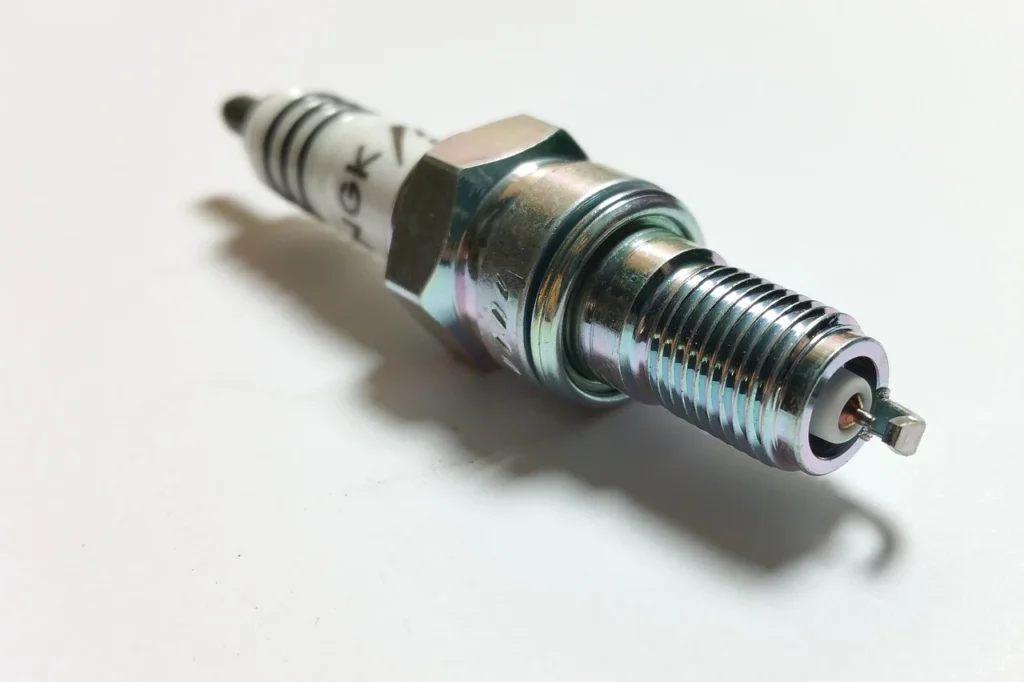
Can Spark Plugs Break Any Kind of Glass?
It’s important to note that spark plugs are particularly effective against tempered glass, which is most commonly used in side windows of cars. This is due to how tempered glass is manufactured. It undergoes a special heating and cooling process that makes it durable but prone to breaking into small, rounded pieces upon a sharp impact.
Regular glass, such as that found in house windows or older vehicles, won’t shatter in the same way and may not break as easily with a spark plug.
Real-Life Scenarios Where Spark Plugs Are Used

Although it’s not something you’d typically carry in an emergency kit, spark plugs have been used by individuals in emergencies to break into cars. For example, someone might use a spark plug to quickly shatter a car window if a child or pet is trapped inside a locked vehicle on a hot day. The speed and effectiveness of using the ceramic part of a spark plug make it a tool of convenience in situations where time is of the essence.
That said, it’s crucial to remember that breaking a car window — even with good intentions — can lead to legal consequences. In many places, there are laws around damage to personal property, so always consider safer alternatives first and notify emergency services if needed.
How Common Is It to Use Spark Plugs for This Purpose?
While it’s not a mainstream tool for breaking glass, spark plugs are often mentioned in forums and videos demonstrating their effectiveness in an emergency. Automotive enthusiasts and survivalists occasionally talk about using spark plugs to break car windows in case of an emergency.
On the other hand, law enforcement and rescue professionals typically carry window breakers that are specifically designed for this purpose. These tools, like spring-loaded punches, are more reliable and less likely to cause injury or unintended damage compared to a spark plug.
The Science Behind Ceramic and Glass
The key to understanding why spark plugs can break glass lies in the concept of surface compression and tension. Tempered glass is made in such a way that the outer surface is under compression while the inner layers are under tension. This balance creates strength, but when a sharp point, like the ceramic from a spark plug, penetrates this outer layer, it disrupts the tension and causes the glass to crumble.
This isn’t just limited to spark plugs. Other small, hard objects with similar properties can also break tempered glass. However, spark plugs are often highlighted because of their unique combination of materials and structure.
Is It Safe to Use Spark Plugs to Break Glass?
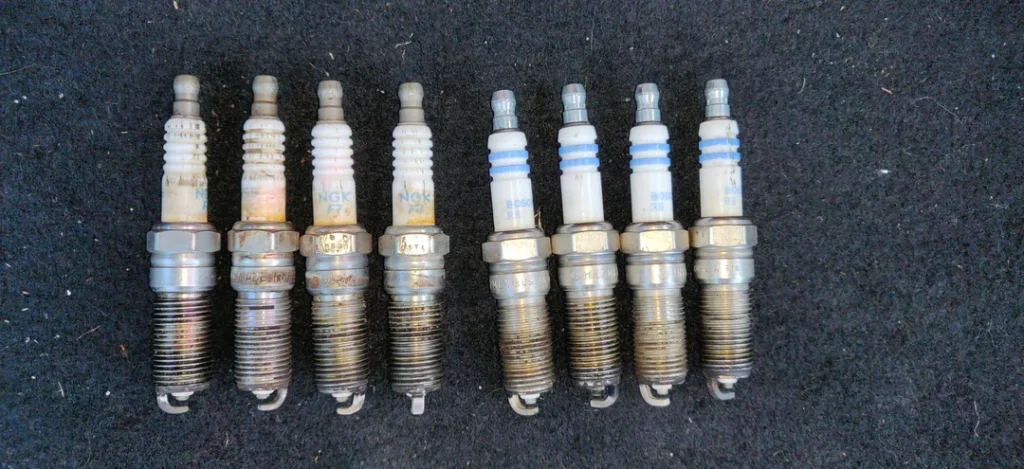
If you find yourself in a situation where you need to break a window in an emergency, a spark plug could do the trick. However, safety should always come first:
- Wear protective gear: Glass, even when tempered, can cause cuts if you’re too close.
- Stay clear of the shattering glass: The window will break into many small pieces, so try to stand back or strike the glass from a safe distance.
Remember that using a spark plug is not the safest or most practical option in non-emergency situations. You should always try to use the proper tools designed for breaking windows or simply call for professional help.
Conclusion: Spark Plugs and Glass Breaking
Yes, spark plugs can indeed break glass, specifically tempered glass, found in most car windows. The ceramic part of the spark plug delivers enough concentrated force to cause the glass to shatter. While this can be useful in emergencies, it’s essential to understand the mechanics and safety precautions involved.
If you want more information about automotive tools and tips, be sure to check out Road Momentum for the latest insights and advice!
FAQ:
Is it true that spark plugs break windows?
While it’s a common myth, spark plugs are not effective at breaking windows due to their design and the physics of glass breaking.
Can a spark plug break a bulletproof window?
No, bulletproof windows are designed to withstand significant force and impact, far beyond what a spark plug can provide.
Will spark plug ceramic break a windshield?
Spark plug ceramic is not designed for breaking windshields. Windshields are made of laminated glass that resists shattering on impact.
What breaks car windows easily?
Car windows can be broken more easily using specialized tools like glass breakers or emergency hammers designed for that purpose in emergencies.

